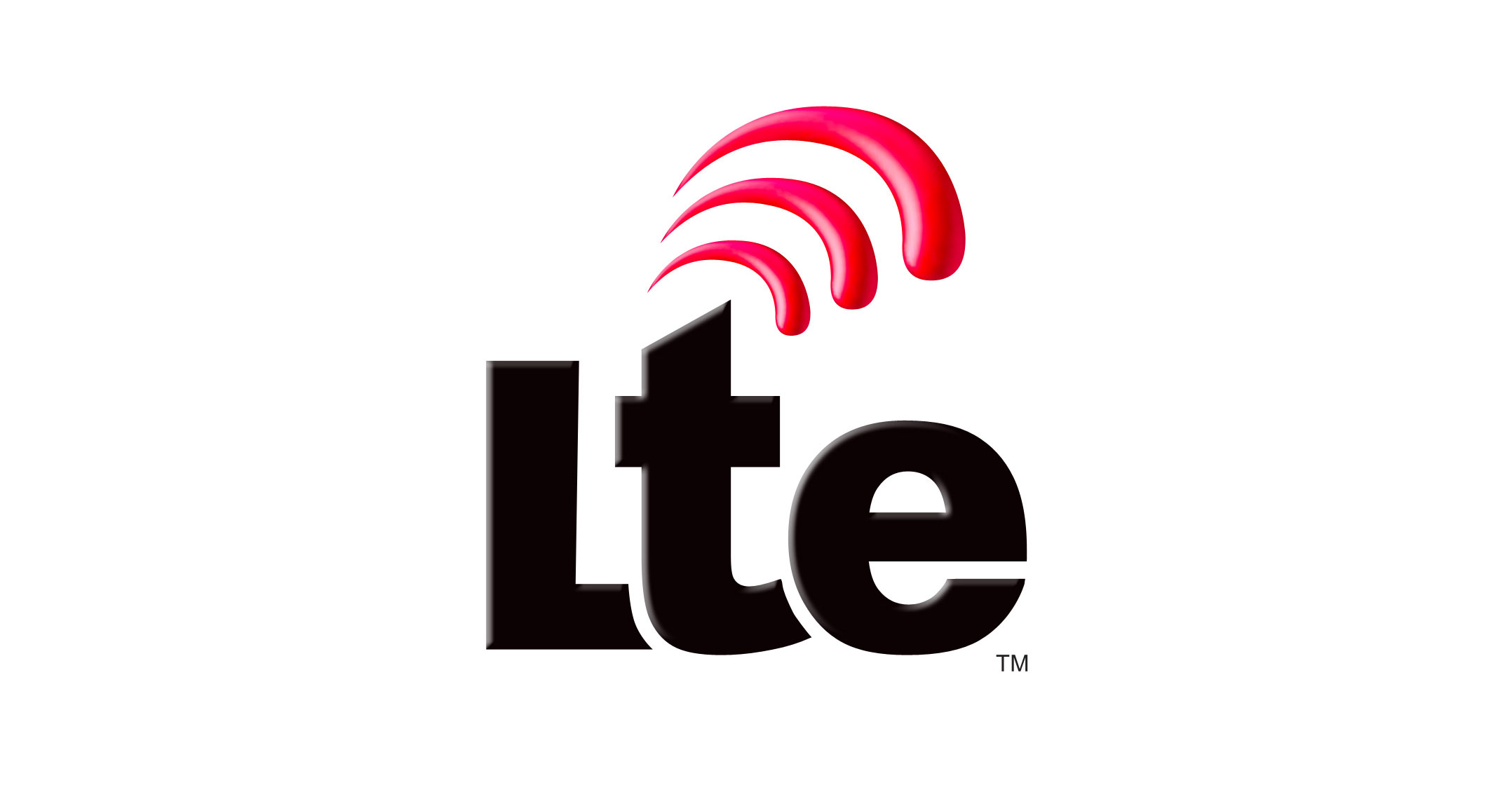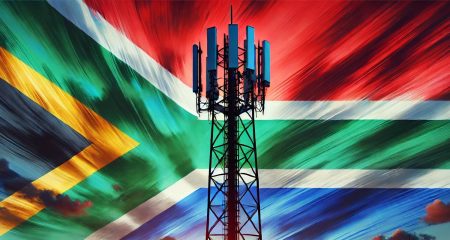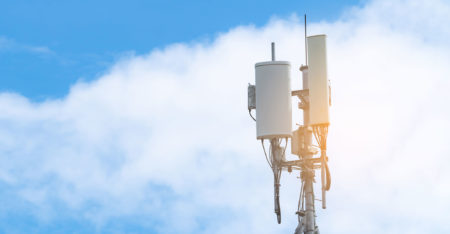
A new report from OpenSignal, a company that specialises in wireless-coverage mapping through crowd-sourced data, shows that South Africa’s 4G/LTE coverage and speeds lag behind many developed and some developing markets.
The report, which took data from 58.6bn measurements on 4.9m test devices between 1 October and 29 December 2017 across 88 countries, shows the average 4G download speed in South Africa, across all networks, is 20.4Mbit/s, well behind leader Singapore, with 44.3Mbit/s. It places the country in 50th position of the 88 countries surveyed.
South Africa trails emerging markets such as Mexico, Ecuador and Turkey, but is placed ahead of Egypt, Morocco and the Ivory Coast. India is at the bottom of the list of countries surveyed with an average 4G speed of just 6Mbit/s.
OpenSignal measured the average download connection speed exclusively on 4G/LTE connections.
“How fast a country’s 4G speed is can depend on many factors: how much spectrum is devoted to LTE, whether it has adopted new 4G technologies like LTE-Advanced, how densely networks are built and how much congestion is on those networks,” OpenSignal said.
“In general, though, the countries with the fastest speeds tend to be the ones that have built LTE-Advanced networks and have a large proportion of LTE-Advanced capable devices.”
The top three countries surveyed are Singapore, the Netherlands and Norway, followed by South Korea, Hungary, Belgium, Australia and New Zealand. Bulgaria and Denmark round out the top 10.
OpenSignal also measured 4G availability, with South Africa scoring 68.3%. The worst performer of the countries measured is Algeria at 40.9% and the best South Korea at 97.5%. South Africa is placed at 67th out of the 88 countries surveyed.
4G availability measures how consistently accessible 4G/LTE networks are in each country. Rather than measure geographic coverage, OpenSignal’s availability metric tracks the proportion of time users have access to a particular network.
Beyond 40Mbit/s
“Through LTE-Advanced upgrades, improved smartphone technology and new spectrum, mobile operators have elevated average 4G speeds first beyond 20Mbit/s, then beyond 30Mbit/s, and in the last two years, beyond 40Mbit/s,” the company said.
“But the industry seems to have reached a limit to what current technology, spectral bandwidth and mobile economics can support on a nationwide level. For the last several State of LTE reports, OpenSignal has found that in the fastest countries average LTE download speeds have stalled at just over 45Mbit/s. The industry is still waiting for that spark that will push speeds beyond 50Mbit/s on a national level.
“That spark will come, and it will likely come sooner rather than later as operators embrace the latest iterations of LTE-Advanced technology,” it said.
Though 4G speeds have temporarily plateaued, 4G availability most certainly has not.
“Operators around the world have spread their LTE signals into more and more nooks and crannies, giving consumers unprecedented access to mobile broadband connections,” OpenSignal said. “Three months ago, there were only two countries in the world that could claim their consumers had access to an LTE connection 90% of the time. Now five countries can make that boast.”
The developing world has made “huge strides” in increasing 4G availability, it added. — (c) 2018 NewsCentral Media




